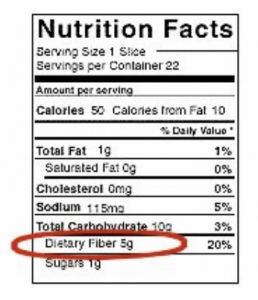

 Very few kids would say they crave a delicious fiber-rich meal. However, many foods, ranging from fruits and vegetables to McDonald's Southwest Salad with Grilled Chicken, are filled with fiber.
Very few kids would say they crave a delicious fiber-rich meal. However, many foods, ranging from fruits and vegetables to McDonald's Southwest Salad with Grilled Chicken, are filled with fiber.
Fiber keeps your child’s digestive system moving. It is a natural laxative and, along with enough water, it prevents constipation. Fiber also helps lower the amount of cholesterol in the blood. Increased fiber intake helps your child feel full and prevents overeating, and it has also been shown to help prevent diabetes, heart disease, and colon cancer.
Fiber is an undigested carbohydrate found in food we eat, and it is found in fruits, vegetables, grains, and legumes. A healthy diet includes soluble fiber and insoluble fiber. Soluble fiber dissolves in water and helps lower cholesterol, while insoluble fiber helps prevent constipation and does not dissolve in water.
The majority of children do not get enough fiber. An easy way to calculate the grams of fiber your child needs per day is to add 5 to your child’s age, and that equals the total number of grams of fiber your child requires. Start looking at the nutritional label of foods. Great sources of fiber have five grams of fiber per serving and good sources of fiber have three grams per serving.
Remember, dietary changes are an investment in your child’s health. Dietary changes may take time, but slowly your child will start to learn and benefit from these small changes. Look at each meal your child receives and see how you can maximize the fiber intake.
 Breakfast
Breakfast
Lunch
 Dinner
Dinner
Desserts
Small, gradual changes will add up to a diet that is enriched with fiber over time. Remember, an investment in your child’s diet is an investment in your child’s health that will lead to a lifetime of healthy eating.
If you would like more information about gastrointestinal (GI) digestive disorders and nutrition in children, please contact Dr. Mona Dave’s Frisco Office or Request Appointment Here.